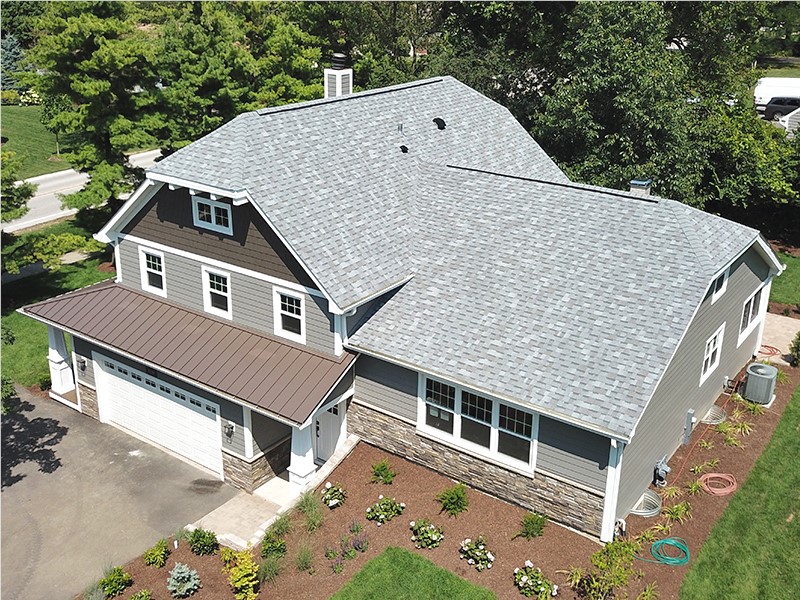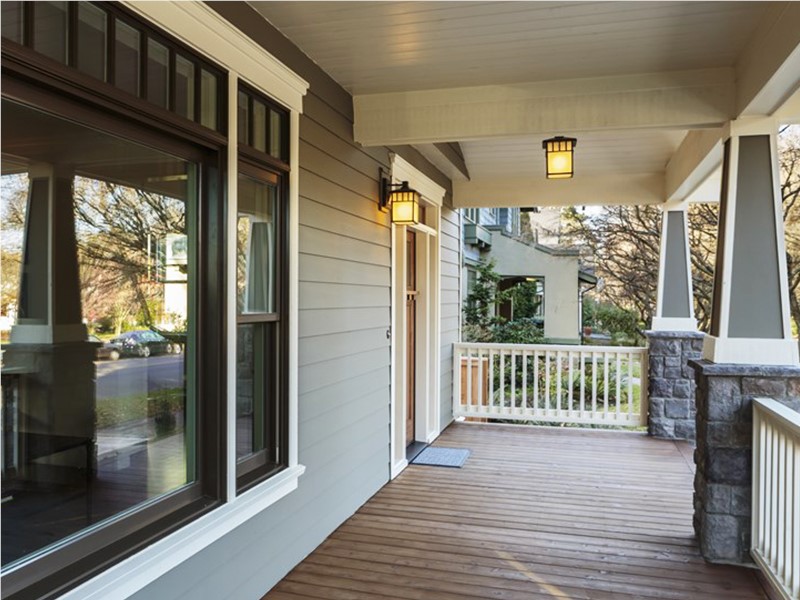
The roof is the most critical component of any building. It's your first line of defense against the elements and a significant investment. Making informed decisions is vital when maintaining or replacing your roof. As a small business roofing company, we understand the challenges and decisions you face. In this comprehensive guide, we'll walk you through the various aspects of roof replacement, helping you make choices to ensure your investment stands the test of time.
1: Signs It's Time for Roof Replacement
Before embarking on a roof replacement project, it's essential to identify the warning signs. Look out for:
Aging Roof: Most roofs last 20-25 years. If your roof is approaching this age, it's time to consider a replacement.
Leakage: If your roof leaks frequently, fixing the issues may no longer be cost-effective or safe.
Shingle Damage: Missing, curling, or cracked shingles are indications of roof deterioration.
Mold and Algae Growth: Excessive mold or algae growth can signal a deeper structural problem.
2: Roof Replacement vs. Repair
Deciding between a roof replacement and repair can be challenging. Here's what to consider:
The Extent of Damage: A repair may suffice if the damage is localized and minor. However, extensive or recurring issues may warrant a replacement.
Cost Efficiency: While repairs are cheaper upfront, they may accumulate into a more considerable expense over time. Weigh the long-term costs.
Warranty: Replacements often come with comprehensive warranties, ensuring peace of mind.
3: Roofing Materials
Choosing a suitable roofing material is crucial. Options include:
Asphalt Shingles: Affordable and versatile, they are the most common choice.
Metal Roofing: Durable, energy-efficient, and available in various styles.
Wood Shakes: Aesthetically pleasing but may require more maintenance.
Slate and Tile: Elegant and long-lasting, they are an excellent investment.
4: Budgeting and Financing
A prepared budget is essential for a successful roof replacement project. Factors to consider:
Material Costs: Different materials have varying price points.
Labor Costs: Quality installation is vital, so choose a reputable roofing company.
Unforeseen Expenses: Budget for potential surprises, such as structural repairs.
Financing Options: Explore financing, loans, or payment plans if needed.
5: Hiring a Roofing Contractor
Selecting the right roofing contractor is critical. Look for these qualities:
Experience: An established track record is a positive sign.
License and Insurance: Check to see the contractor is licensed and insured.
References: Ask for references and ask to see past work.
Written Contract: A detailed, written contract is essential for transparency.
6: Preparing for the Replacement
Before the replacement begins, make the necessary preparations:
Clearing the Area: Remove items surrounding your home to protect them during construction.
Inform Your Neighbors: Let your neighbors know about the upcoming work.
Set Expectations: Prepare your family for the noise and disruption.
Secure Pets: Keep pets in a safe and quiet area during construction.
7: The Roof Replacement Process
Understanding the process helps you stay informed:
Roof Inspection: The existing roof is assessed for any structural damage.
Tear-Off: Old roofing materials are removed.
Repair and Preparation: Any structural repairs are made, and the roof deck is prepared.
Installation: New roofing materials are installed.
Inspection: The new roof is thoroughly inspected for quality and safety.
8: Maintenance and Warranty
Proper maintenance is key to ensuring your roof's longevity:
Regular Inspections: Schedule periodic inspections to catch issues early.
Gutter Maintenance: Clean gutters to prevent water damage.
Trim Trees: Keep tree branches away from the roof.
Warranty Claims: Familiarize yourself with the warranty terms and how to make claims if necessary.
9: Environmental Considerations
In today's eco-conscious world, consider environmentally friendly options:
Cool Roofs: Reflective or cooling roofing materials can lower energy costs.
Recycling: Recycle old roofing materials when possible.
Energy Efficiency: Explore energy-efficient roofing materials.
Solar Panels: Consider integrating solar panels for a greener home.
10: Decision
Your roof is a long-term investment in your property. Ensuring its replacement is a success requires careful consideration at every stage. With this guide, you're better equipped to make informed decisions that will keep your roof protecting your home for decades. Trust your small business roofing company to provide expert guidance and quality craft.
Here's to a future with a strong roof against every challenge!
Tags
Subscribe to Pro Home 1's Blog









Comments